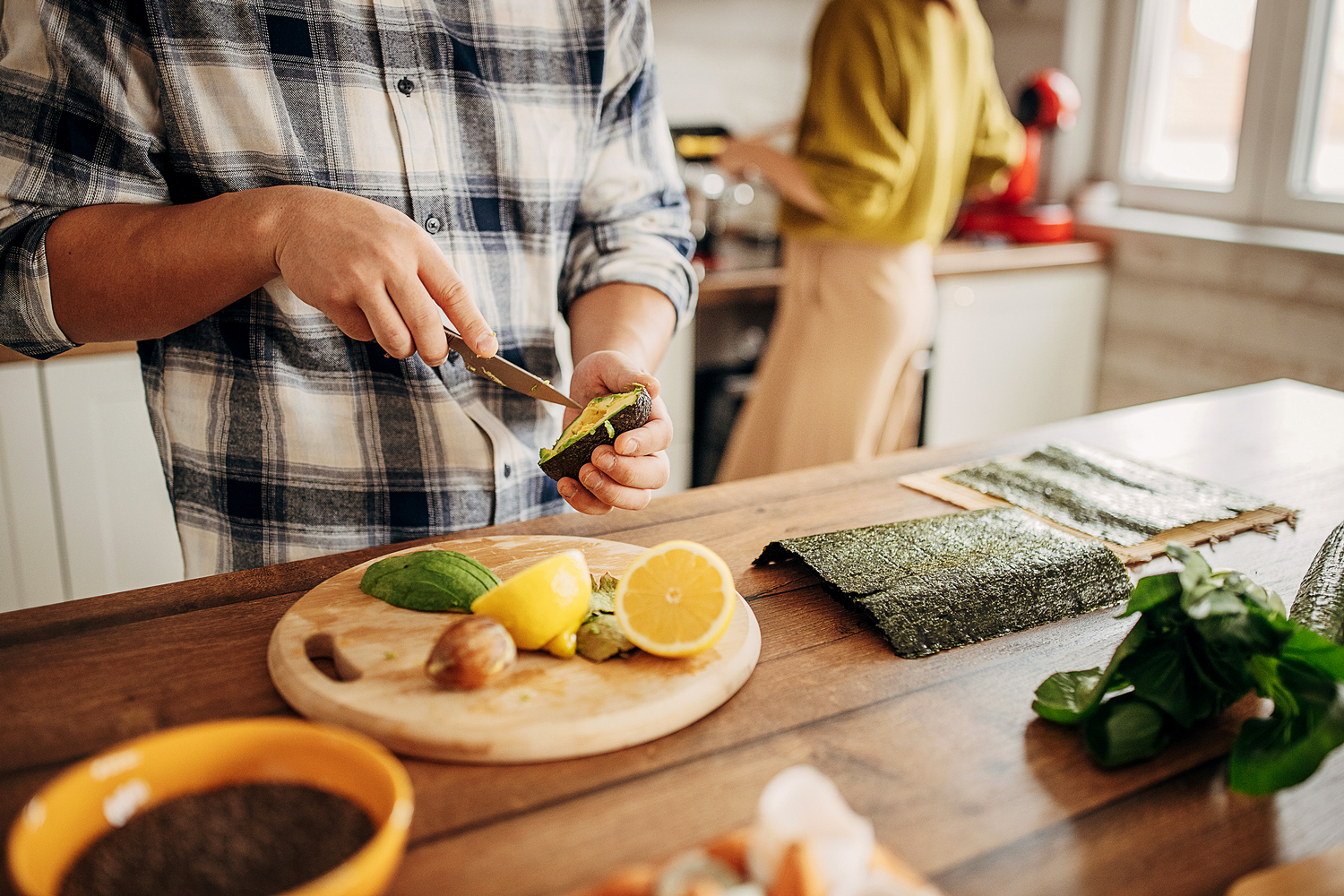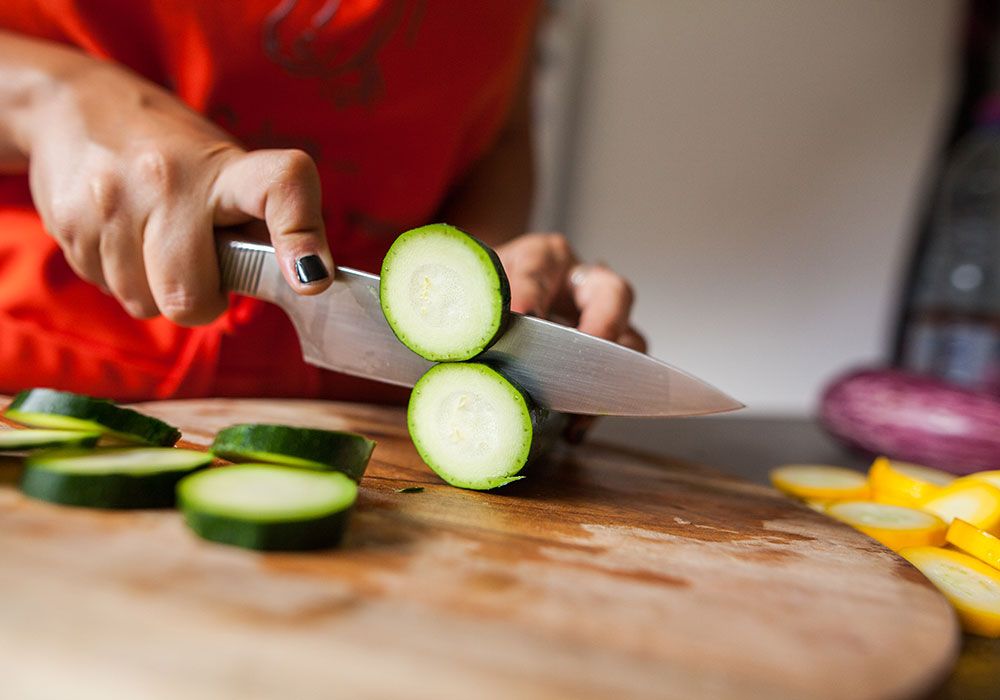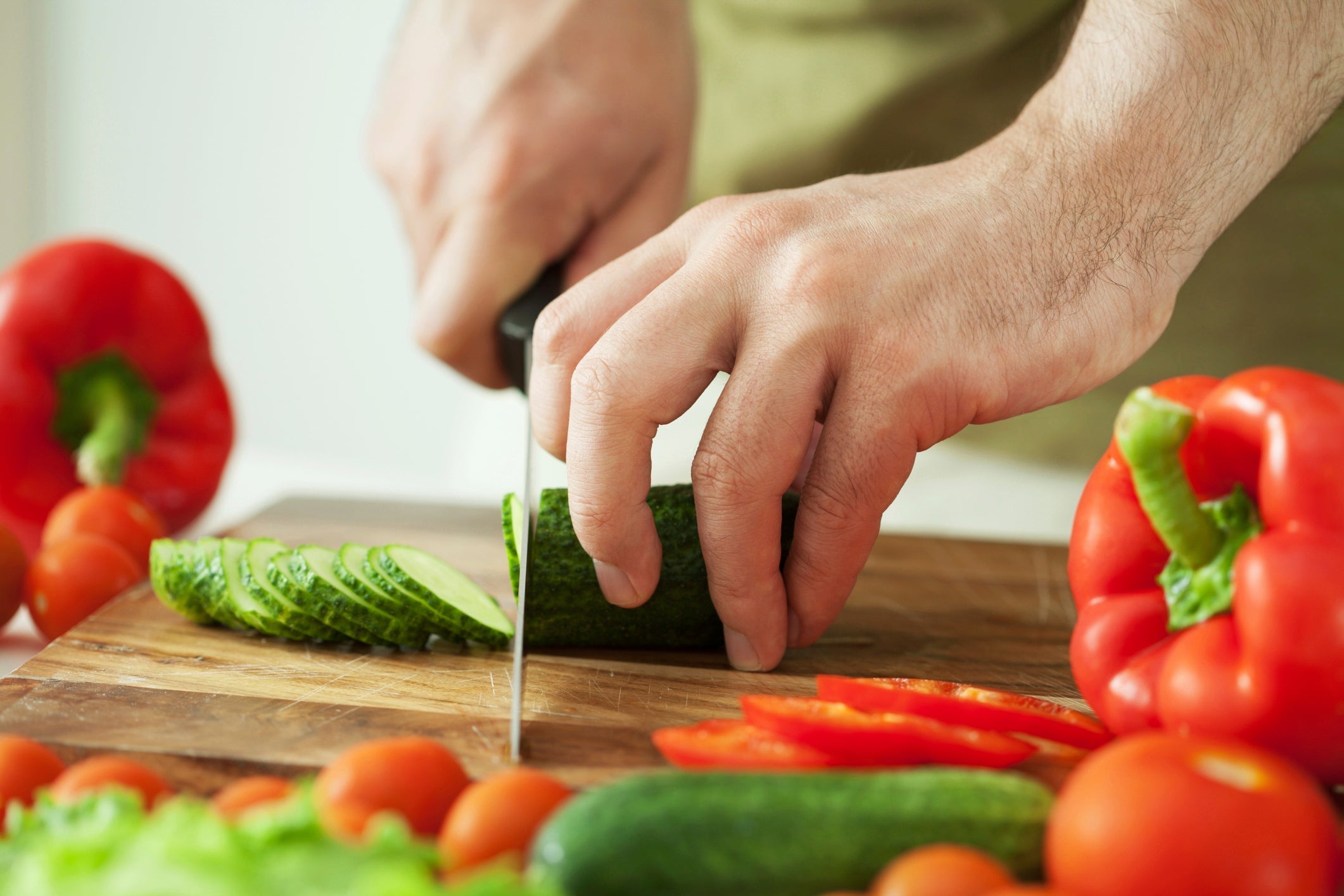Whether you're running a fast-paced professional kitchen or maintaining a spotless home kitchen, keeping your cutting boards pristine isn't just about aesthetics it's about ensuring food safety and prolonging tool life. One of the most common challenges kitchen professionals face is figuring out how to whiten a cutting board, especially after it becomes stained by fruits, vegetables, or meats. This article delves deep into proven methods and kitchen hacks to restore your cutting boards to their original state.

Why Keeping Your Cutting Board White Matters
Professional kitchens and health-conscious chefs rely on spotless cutting boards to maintain hygiene. Bacteria can thrive in the nooks of a stained or unclean board, making it crucial to not only clean but also whiten your cutting board routinely. But what makes a cutting board lose its shine in the first place? Factors like regular use with acidic ingredients, pigment-heavy foods like turmeric, or improper cleaning can cause discoloration over time.
Before diving into practical whitening solutions, ensure you know what type of cutting board you have. Whether it's wood, plastic, or bamboo, the whitening technique may vary, so let's explore various methods you can try based on your cutting board type.
Step-by-Step Guide on How to Whiten a Cutting Board
The Best Ingredients for Whiter Boards
For many kitchen professionals, the ideal solution to clean and whiten cutting boards is already within arm's reach. Simple household ingredients like lemon juice, baking soda, white vinegar, and hydrogen peroxide work wonders in removing stains and whitening surfaces.
- Lemon Juice: The citric acid in lemons is a natural bleaching agent. Apply directly to stains for immediate results.
- Baking Soda: Create a paste of baking soda and water to scrub away stubborn discolorations.
- White Vinegar: A natural disinfectant that also helps lift stains effectively.
- Hydrogen Peroxide: This is especially effective for combating deep-set stains and killing bacteria.
Specific Whitening Methods by Board Type
Each material responds differently to whitening solutions, so here's how to proceed depending on your cutting board:
Wooden Cutting Boards
Wooden cutting boards are both durable and sensitive. Here's how to restore their original appearance:
- Wipe the board with a mixture of vinegar and water.
- Use a lemon slice dipped in coarse salt to scrub the surface.
- If stains persist, a small amount of hydrogen peroxide can be applied for that ultimate whitening effect.
Once clean, condition the wood with mineral oil to prevent it from drying out. Learn more about how long to soak cutting boards in mineral oil to avoid splitting or cracking.
Plastic Cutting Boards
Although durable, plastic boards tend to absorb food stains over time. Here's what works:
- Scrub the board with a mixture of baking soda and water.
- Rinse and then soak the board in a hydrogen peroxide solution for 10 minutes.
- Rinse thoroughly and dry.
For better maintenance tips, check out this detailed discussion on cutting board care.
Tips from Professional Chefs
Whether you're using a wooden or plastic cutting board, certain tips stay consistent. For instance, avoid overusing strong detergents as they might affect the material's integrity over time. Also, invest in separate boards for specific types of food to reduce stain buildup and cross-contamination. Learn why top chefs prefer certain types of cutting boards in this article: What Cutting Board Do Chefs Use.

Frequently Asked Questions
1. How often should I whiten my cutting board?
Regular whitening should depend on how often the board is used. For professional kitchens, weekly maintenance is ideal. For home use, once every two weeks should suffice.
2. Can bleaching agents be used?
While bleach can effectively whiten a cutting board, its harsh properties make it unsafe for regular use, especially on wooden boards.
3. How do I prevent stains in the first place?
Preventative measures such as oiling wooden boards and using separate boards for raw meat and produce can help avoid stubborn stains. Check this helpful guide on how to prevent cutting boards from molding.
This article contains affiliate links. We may earn a commission at no extra cost to you.






Leave a comment
This site is protected by hCaptcha and the hCaptcha Privacy Policy and Terms of Service apply.